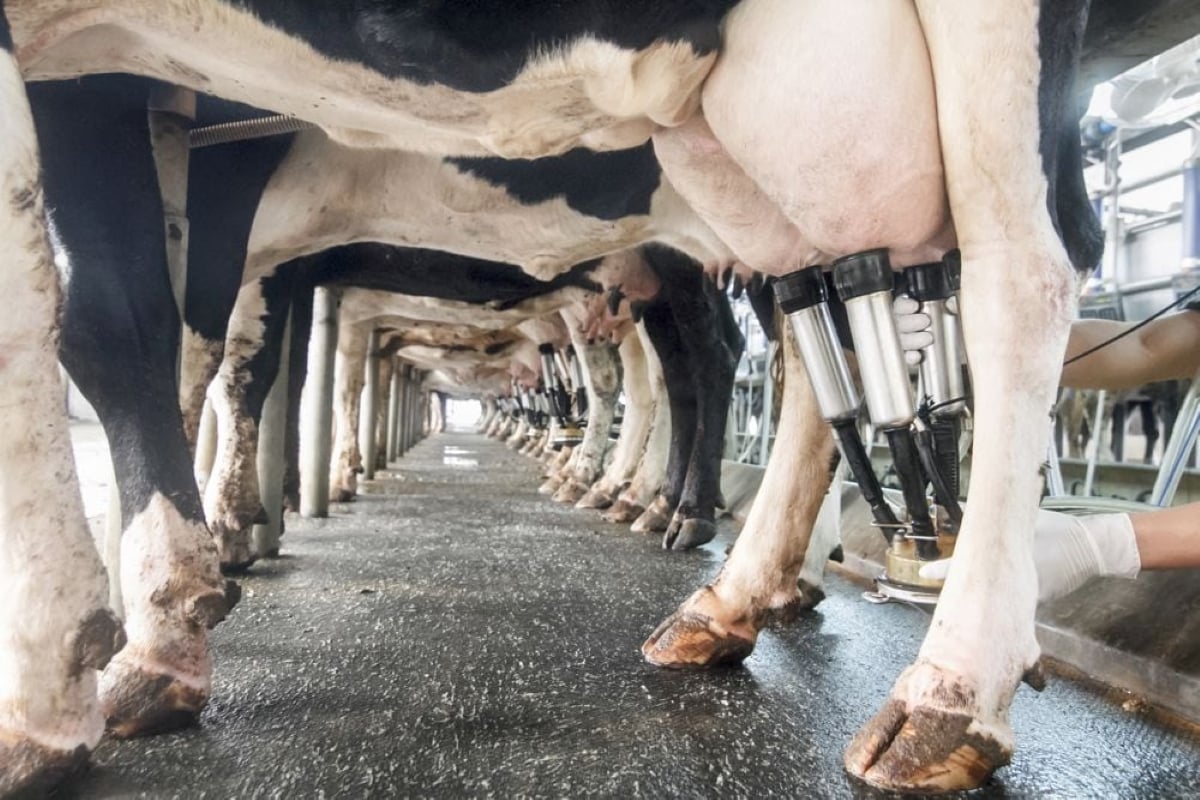(Reuters) — The U.S. hog herd continued to shrink during the June-August quarter as a deadly pig virus lingered on farms, but the decline was less than expected, a U.S. Department of Agriculture report showed on Friday.
The data also showed that producers least affected by the porcine epidemic diarrhea virus added to their herds, encouraged by cheaper corn and higher prices for their animals, analysts said.
Chicago Mercantile Exchange hog deferred trading months could open down as much as their maximum US three-cents per lb. daily price limit on Monday, based on Friday’s report, they said.
Read Also

Farm gate milk price to rise in 2026
The Canadian Dairy Commission will raise its farm gate milk price by 2.3255 per cent in February, the Crown corporation announced on Friday.
The USDA report showed the U.S. hog herd as of Sept. 1 at 98 percent of the year-ago level, at 65.361 million head. Analysts, on average, expected 64.698 million head, or 96.7 percent of the year-earlier herd.
The U.S. breeding herd was 102 percent of the year-ago level, at 5.920 million head, compared with average trade expectations for 101.7 percent, or 5.915 million.
The Sept. 1 supply of market-ready hogs for sale to packers was 97 percent of a year earlier at 59.441 million head. Analysts, on average, expected a 3.8 percent decline, or 58.769 million.
The data showed pigs per litter during the summer at 10.16 head, or 98 percent of the 10.33 in the year-ago period. Analysts expected an average 10.06 head.













